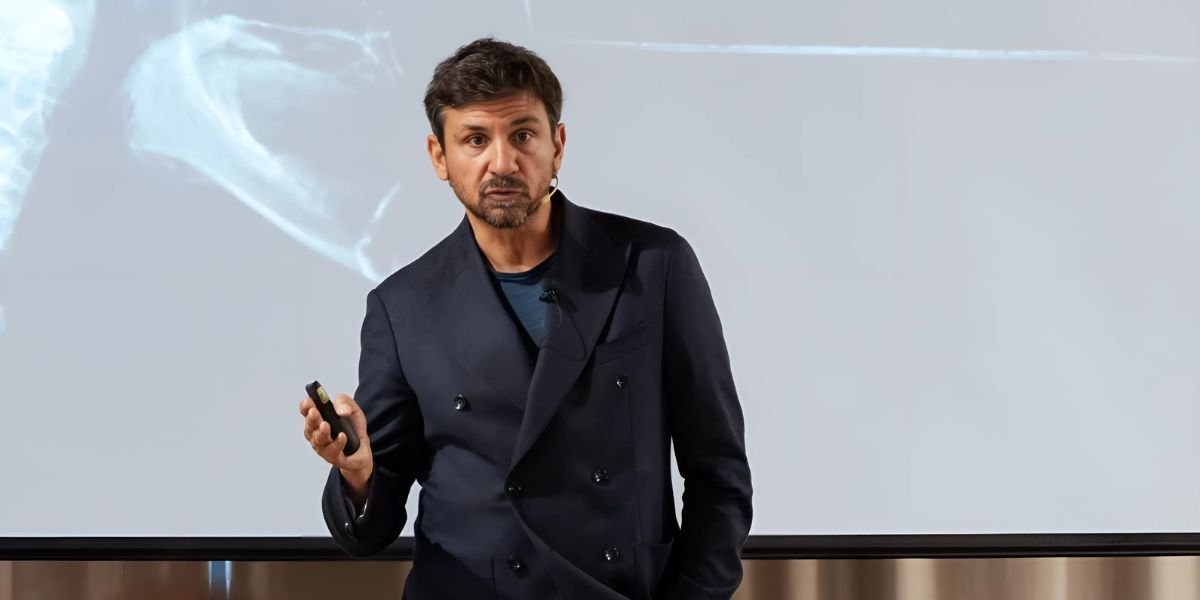In today’s fast-paced world, where constant productivity and efficiency are often celebrated, the slow living movement offers a refreshing alternative. Slow living encourages individuals to embrace a more deliberate, balanced lifestyle, focusing on mindfulness, intentionality, and overall well-being. By rejecting the notion that faster is always better, those who practice slow living find greater joy in simplicity, connection, and present moments. As more people seek ways to combat stress and burnout, slow living is becoming an appealing lifestyle choice for individuals striving for balance and purpose.
What is Slow Living?
Slow living is a lifestyle that encourages individuals to take a step back from the rush of modern life and focus on living intentionally. It’s about making conscious choices in all aspects of life—whether it’s how one spends their time, what they consume, or how they approach relationships. Rather than striving for more, slow living emphasizes the importance of appreciating the present and finding contentment with less.
This movement advocates for a slower pace in everything, from eating meals mindfully to prioritizing self-care, to spending time with loved ones without distractions. It’s not about literally moving at a slower speed, but rather taking time to reflect on what truly matters and creating space for what brings genuine fulfillment.
Mindfulness at the Core of Slow Living
At the heart of slow living is mindfulness—the practice of being fully present in the moment. By adopting mindfulness, individuals can reduce stress and anxiety, which are often products of a fast-paced, overstimulated lifestyle. Mindfulness encourages individuals to savor daily experiences, whether it’s enjoying a cup of tea, taking a walk in nature, or simply breathing deeply.
For those practicing slow living, mindfulness extends to daily routines, where even mundane activities are approached with intention. By slowing down and appreciating small moments, individuals can cultivate a sense of inner calm and clarity that helps them navigate life’s challenges with greater resilience.
Prioritizing Quality Over Quantity
One of the fundamental principles of slow living is prioritizing quality over quantity in all aspects of life. This approach manifests in various ways, from choosing to own fewer, higher-quality possessions to investing time in meaningful relationships. Rather than constantly seeking more—more experiences, more things, or more success—slow living encourages individuals to focus on what truly adds value to their lives.
For example, in the realm of consumerism, slow living practitioners often adopt sustainable habits such as minimalism and conscious shopping. Instead of buying into fast fashion or fleeting trends, they opt for items that are durable, ethically produced, and serve a lasting purpose. This shift not only reduces environmental impact but also leads to a more intentional relationship with material possessions.
Slow Living and Work-Life Balance
As the boundary between work and personal life continues to blur, especially with the rise of remote work, many individuals are turning to slow living as a way to restore balance. Slow living encourages setting boundaries, both at work and at home, to create time for rest, leisure, and personal growth.
Practitioners of slow living are mindful of how they allocate their time, ensuring they aren’t overwhelmed by constant demands. This often means embracing the concept of “less is more” in their work schedules and prioritizing tasks that align with their values. By focusing on purposeful work and avoiding the trap of busyness, individuals can achieve greater satisfaction and a healthier work-life balance.
Fostering Deeper Connections
Slow living also emphasizes the importance of deep, meaningful connections with others. In a world where social interactions are often hurried or superficial, slow living encourages individuals to invest time in building strong, lasting relationships. Whether it’s spending quality time with family, having heartfelt conversations with friends, or engaging in community activities, slow living fosters a sense of belonging and connection.
This approach to relationships also promotes empathy, kindness, and patience, allowing individuals to truly listen and engage with those around them. By focusing on genuine human interaction rather than transactional relationships, slow living practitioners can experience a more fulfilling and supportive social life.
Incorporating Slow Living into Everyday Life
For those interested in adopting slow living, the transition doesn’t have to be drastic. It starts with small changes that can make a big difference over time. Simple steps include unplugging from technology for designated periods, creating a more intentional morning routine, or practicing gratitude for the present moment. Over time, these practices can cultivate a slower, more deliberate way of life that prioritizes well-being and fulfillment.
Slow living can also be integrated into practical aspects of life, such as cooking meals at home using fresh, whole ingredients, or practicing eco-friendly habits like reducing waste and supporting local businesses. By aligning daily choices with the values of slow living, individuals can create a lifestyle that feels more aligned with their personal goals and desires.
Conclusion: The Beauty of a Slower Life
Slow living offers a path toward greater balance, mindfulness, and contentment in a world that often values speed and productivity above all else. By embracing a deliberate approach to life, individuals can reduce stress, foster meaningful relationships, and focus on what truly brings happiness. As more people recognize the need for a more intentional, balanced lifestyle, slow living is gaining momentum as a way to live with greater purpose and joy.
For more insights into how slow living can transform your life, read the full article cadencecourier.com
Published by: Josh Tatunay











